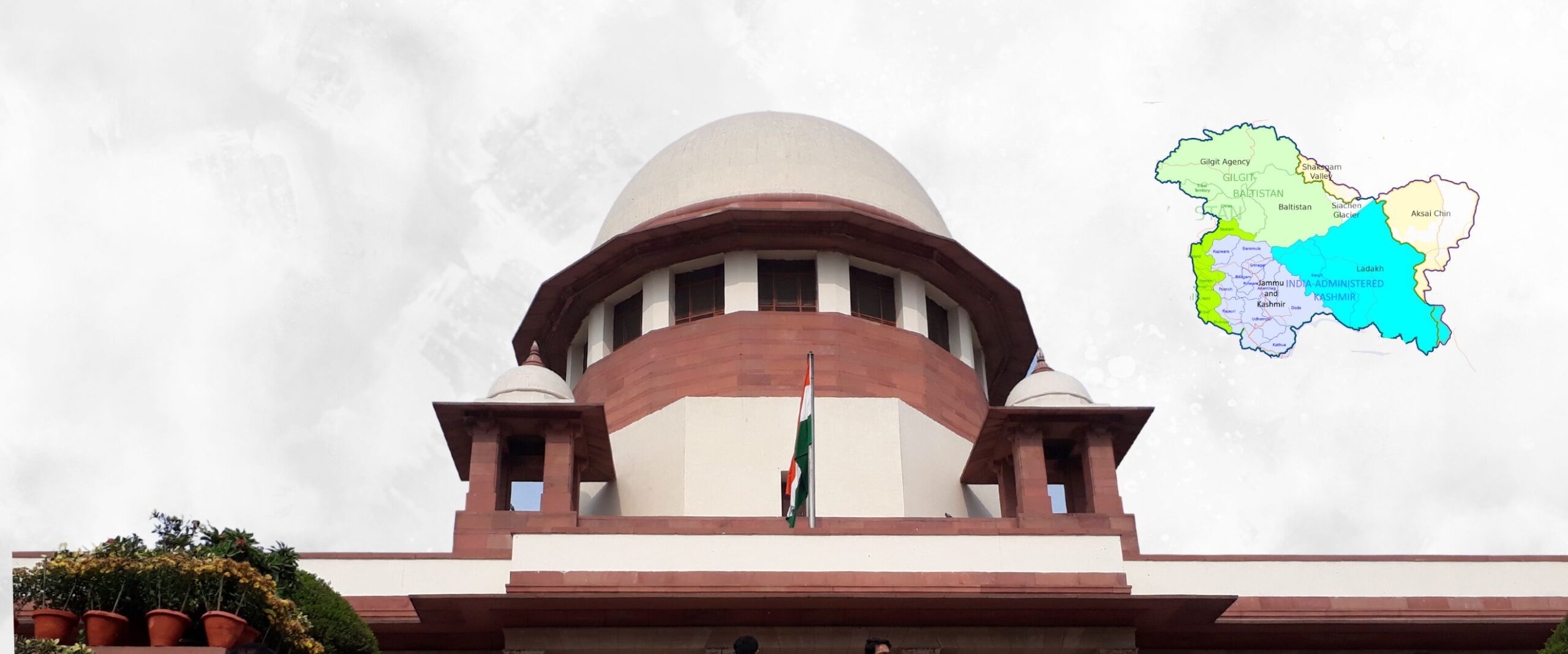
Previous Questions:
1. Which Article of the Indian Constitution defines the distribution of powers between the Union and the States?
A) Article 1
B) Article 245
C) Article 249
D) Article 256
Answer: B) Article 245
2. Under which Article can the President of India dissolve the State Legislative Assembly?
A) Article 172
B) Article 356
C) Article 356
D) Article 368
Answer: B) Article 356
3. Which of the following is a feature of the federal system in India?
A) Dual citizenship
B) Rigidity in the Constitution
C) Unitary bias in the Constitution
D) Coordination between Union and State governments
Answer: D) Coordination between Union and State governments
4. The power to amend the Constitution is distributed between the Union and the States under which type of federal system?
A) Dual federalism
B) Cooperative federalism
C) Quasi-federalism
D) Confederalism
Answer: C) Quasi-federalism
5. Which of the following is NOT included in the Union List under the Seventh Schedule of the Indian Constitution?
A) Defence
B) Foreign Affairs
C) Public Health
D) Atomic Energy
Answer: C) Public Health
6. Which of the following bodies has the power to legislate on subjects in the Concurrent List?
A) Only the Union Parliament
B) Only the State Legislature
C) Both the Union Parliament and the State Legislature
D) Neither the Union Parliament nor the State Legislature
Answer: C) Both the Union Parliament and the State Legislature
7. Which Article provides for the distribution of financial resources between the Union and the States?
A) Article 280
B) Article 281
C) Article 282
D) Article 283
Answer: A) Article 280
8. In case of a conflict between Central and State laws on a subject in the Concurrent List, which law prevails?
A) State Law
B) Central Law
C) Both Laws are invalid
D) The matter is referred to the Supreme Court
Answer: B) Central Law
9. The power to declare a State under President's Rule (Emergency) is vested in which of the following?
A) The Prime Minister
B) The Chief Minister of the State
C) The President of India
D) The Parliament
Answer: C) The President of India
10. Which of the following is NOT a ground for the dissolution of the State Legislative Assembly?
A) Loss of majority support
B) Completion of the term of five years
C) Imposition of President’s Rule
D) Resignation of the Chief Minister
Answer: B) Completion of the term of five years
